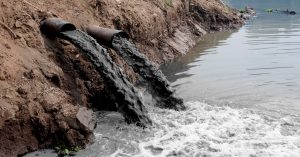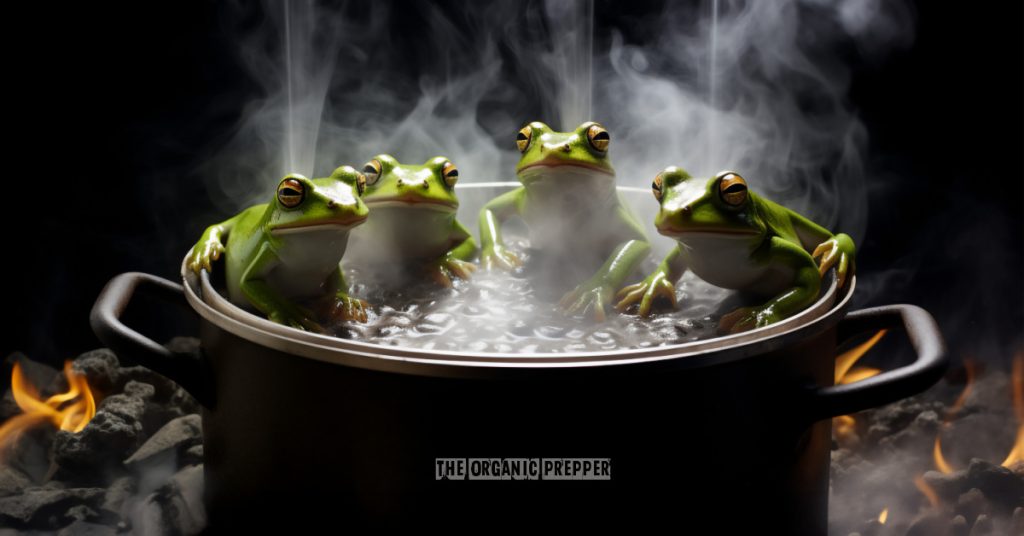Water Contamination and Filtration 101
by Hugh James Latimer, Survival Blog:
 *For those of us who prep, I am tailoring this guide to contaminants that would be found anywhere: radiation from fallout, chemical contamination from industry, contamination from urine and feces, natural sources that one might encounter on a homestead, and the technologies and techniques like filtration that would be most widely available in a SHTF scenario. I am an engineer who has specialized in water treatment in the chemical industry.
*For those of us who prep, I am tailoring this guide to contaminants that would be found anywhere: radiation from fallout, chemical contamination from industry, contamination from urine and feces, natural sources that one might encounter on a homestead, and the technologies and techniques like filtration that would be most widely available in a SHTF scenario. I am an engineer who has specialized in water treatment in the chemical industry.
Most of us rely on clean tap or bottled water for everything from drinking to cooking to showering. We pay little attention to the process that takes raw water and transforms it into safe clean potable water. Once upon a time our ancestors drank right from streams and lakes. While the quality of this water was most likely better than the quality of water from most modern day surface sources, it was still contaminated with various pathogens and minerals. Even though our ancestors’ digestive tracks were heartier than ours, waterborne illnesses ranging from minor stomach bugs to cholera and dysentery took their tolls.
Many of us believe that a high quality particulate filter coupled with an activated carbon filter will make any source of water safe for human consumption. However, that isn’t necessarily true. Contaminants come in many shapes and sizes. In addition, different contaminates require different technologies and processes. Geography and human development determine where contaminants are found. Consequently, suburbia is not likely to contain agricultural chemicals. PCB’s (polychlorinated biphenyls) aren’t likely to be found rural locations. BTEX compounds (benzene, toluene, ethylbenzene, and xylene), found in both gasoline and diesel, can be found anywhere.
Rain catches are excellent ways to provide contaminant-free softened water, as long as there are no airborne contaminants. (This articles does not thoroughly discuss rain catches though.)
In order to understand how to make water safe for human consumption, we have to learn what’s in it and what treatment options can deal with each kind of contaminant.
What’s in Water
Suspended Solids
Suspended solids are plankton, algae, organic debris, soil, sewage, or other particulate matter found in water that do not dissolve. So you can usually see them with the naked eye in many cases. While not always an issue by themselves, pathogens are usually carried on solids. This is why removal of suspended solids is typically the first step in any water filtration. Fortunately, for you, it is the simplest step.
Dissolved solids
Minerals and organics compounds disolved in water are called dissolved solids. Dissolved solids are salts or organic compounds that dissociate in water and form ions. Minerals containing calcium, magnesium, iron, and manganese give water its hardness and make water taste poor. Additionally, dissolved solids from limestone deposits or iron-rich soils are from natural sources and are not harmful. In fact, dissolved minerals found in water are part of a balanced diet. These minerals provide a good source of trace minerals like sodium, potassium, and calcium. Other dissolved solids, like lead, mercury, barium, arsenic, and chromium, may be natural from man-made sources and have acute and chronic toxicities, depending on the dosages.
Harmful Inorganics
While any contaminant may be harmful in high enough doses, for the sake of this essay I shall classify “harmful inorganics” as any inorganic material that may cause acute or chronic toxicity at exposures typically encountered in water supplies. Several harmful inorganic chemicals listed above– lead, mercury, barium, arsenic, and chromium– have both natural and human sources. Some harmful inorganic chemicals, like nitrates and nitrites, usually come from fertilizer runoff. Others, like mercury and antimony, come from industrial waste.
Organic Chemicals
Nearly all harmful organic chemicals in drinking water come from human activities. The “biggies” are BTEX (benzene, toluene, ethylbenzene, and xylene), vinyl chloride, PCB’s, and dioxins. A laundry list of other minor organic chemicals, including glyphosates (common herbicide), organochlorides (common class of pesticide), and pharmaceuticals, can also be found in drinking water supplies. Many people falsely believe their water is free of all organic contaminants because of where they live. However, one gallon of gasoline has the potential to contaminate hundreds of thousands of gallons of water.



